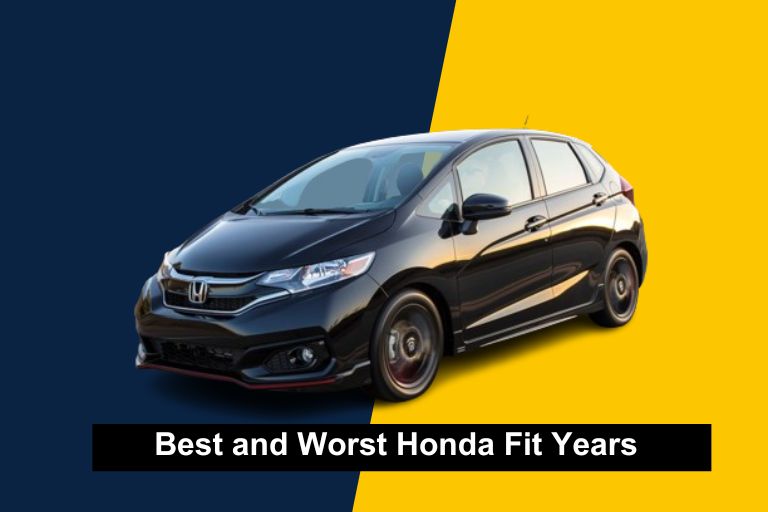The Honda Fit has long been a favorite among subcompact car enthusiasts for its versatility, reliability, and fuel efficiency. But with each year comes subtle changes, improvements, or even disappointments that can greatly impact the overall ownership experience.
We delve into the best and worst Honda Fit years to help you navigate through the sea of options in the used car market.From its inception to the most recent models.We will explore which years stand out as shining examples of Honda’s engineering prowess and which ones fall short of expectations.
You’re a prospective buyer looking for a dependable daily driver or a seasoned Fit owner curious about how your model stacks up against others, this article aims to provide valuable insights and recommendations on navigating the maze of Honda Fit generations. Let’s dive into the world of compact practicality and discover what makes each year unique in terms of performance, features, and overall satisfaction.
You can also read:- Best and Worst Honda Ridgeline Years
Best and Worst Honda Fit Years of Generations
The Honda Fit has been a versatile and beloved choice among compact car enthusiasts for over two decades, boasting a reputation for its nimble handling, spacious interior, and fuel efficiency. With each new generation comes improvements and changes that cater to evolving consumer demands and technological advancements.
We delve into the best and worst Honda Fit generations to uncover which models have left an indelible mark on the automotive landscape while also exploring those that may have missed the mark. From innovative features to design missteps, join us on a journey through the evolution of one of Honda’s most iconic vehicles as we dissect what makes each generation stand out or fall short in the fiercely competitive world of subcompact cars.
Honda Fit Best, Neutral, and Worst Years
The Honda Fit has long been a favorite among compact car enthusiasts, known for its versatility, reliability, and fun driving experience. All model years are not created equal.
We delve into the best, neutral, and worst years of the Honda Fit to help you navigate the market with confidence.From quirky design changes to performance upgrades and technological advancements, each year of the Honda Fit brings something unique to the table.
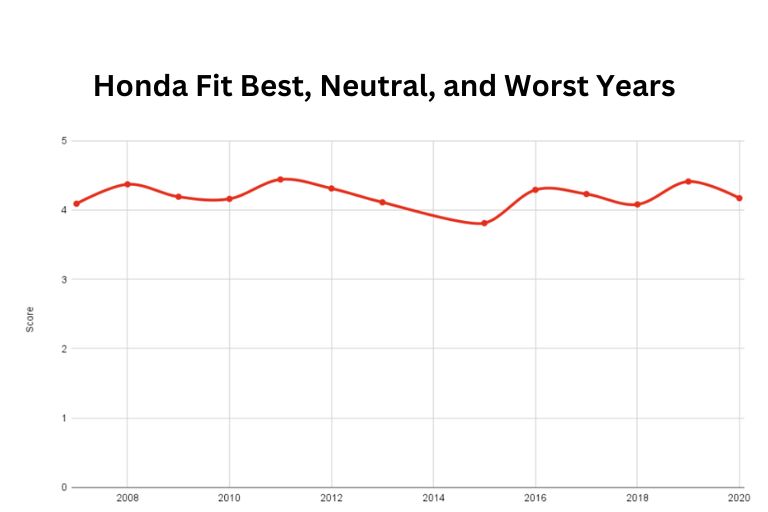
You’re a seasoned Honda enthusiast or a first-time car buyer looking for a reliable ride, understanding the standout features and potential pitfalls of different model years can make all the difference in your purchasing decision.
We take a deep dive into the evolution of this beloved hatchback and uncover which years truly stand out from the rest.
Best and Worst Honda Fit Years of 1st Generation (2007-2008)
The 2007 Honda Fit emerges as a standout year for the first generation of this popular subcompact car. Known for its nimble handling, spacious interior, and excellent fuel efficiency, the 2007 model received rave reviews from both critics and owners alike.
With a reliable engine and impressive safety features, this year saw the Fit establish itself as a top choice in its class.
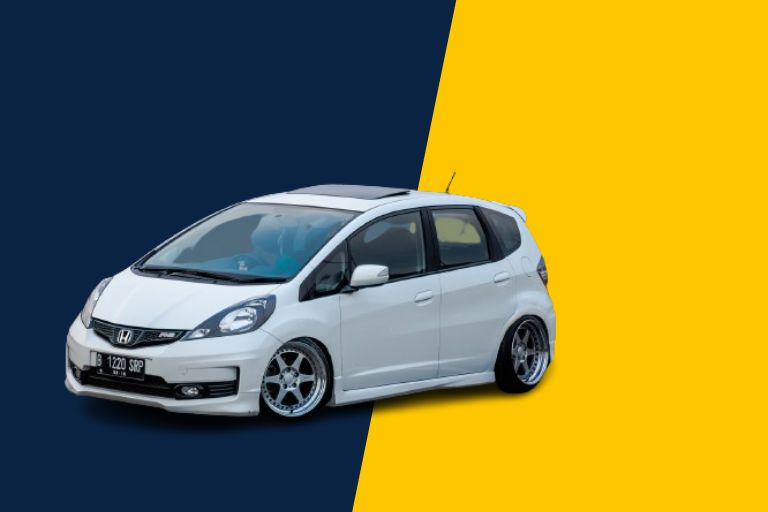
The 2008 Honda Fit faced some criticisms compared to its predecessor. While maintaining many of the same strengths such as practicality and affordability, some drivers noted issues with cabin noise levels and slightly decreased overall build quality.
Despite these drawbacks, the 2008 Fit still offered strong performance and decent reliability, making it a solid option for those seeking a compact yet versatile vehicle during that time period.
While both years have their merits and drawbacks within the first generation of Honda Fit models, it’s clear that the 2007 edition stands out as one of the best in terms of overall satisfaction and performance.
The 2008 model may have fallen slightly short in certain areas but still remains a dependable choice for those looking for an economical and efficient daily driver.
The Best Years: 2008
The Best and Worst Honda Fit Years of shone brightly as a game-changer in the automotive world. With its impressive fuel efficiency, versatile interior design, and fun-to-drive nature, it quickly became a favorite among both critics and consumers.
Despite facing tough competition in the subcompact car segment, the Honda Fit stood out for its reliability and affordability. Its innovative Magic Seat system allowed for multiple configurations to accommodate varying cargo needs, setting it apart from other vehicles of its class.
2008 wasn’t without its challenges for the Honda Fit. The global financial crisis cast a shadow on car sales, leading to a decline in overall market performance. Despite this setback, the Honda Fit managed to maintain steady sales figures due to its reputation for quality and value.
While some may view 2008 as a tumultuous year for the automotive industry, it was undeniably one of the best years for the Honda Fit – solidifying its position as a top choice for drivers seeking practicality without compromising on style or performance.
The Worst Years: 2007
2007 was a mixed bag for the Honda Fit 1st Generation. While it marked the debut of this innovative subcompact car in the United States, it also faced criticism for its lackluster performance and uninspiring design.
Despite being praised for its fuel efficiency and spacious interior, the Fit struggled to make a lasting impact in a market dominated by larger, more powerful vehicles.
One of the main issues with the 2007 Honda Fit was its underpowered engine which left many drivers feeling unsatisfied with its driving experience. some critics pointed out that the interior lacked premium features found in competing models, making it less appealing to discerning consumers.
The first-generation Honda Fit laid down a solid foundation for future iterations to improve upon and eventually capture a larger share of the subcompact market.
Best and Worst Honda Fit Years of 2nd Generation (2009-2013)
The second-generation Honda Fit, spanning from 2009 to 2013, saw some standout years in terms of performance and reliability. In particular, the 2011 model year stood out with its improved fuel efficiency and overall driving dynamics.
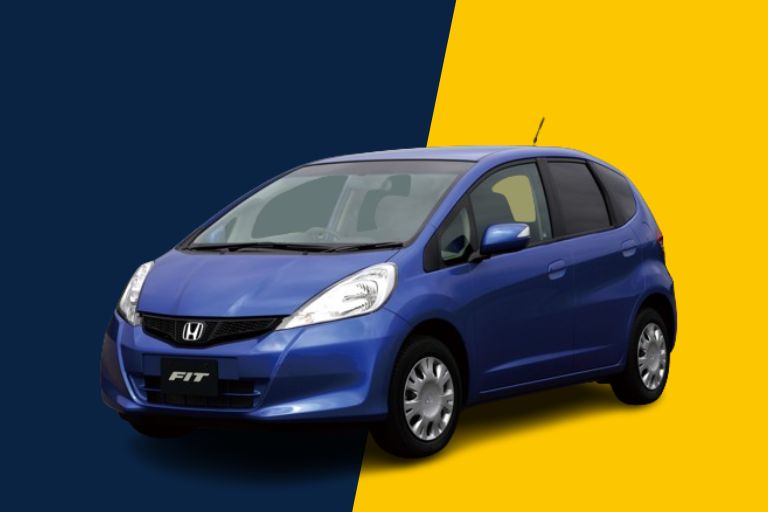
Owners consistently praised this year for its refined handling and spacious interior, making it a top choice for compact car enthusiasts. 2009 was considered one of the worst years for the Honda Fit due to reported transmission issues that surfaced early on.
Despite its initial setbacks, Honda addressed these concerns in later models, highlighting the brand’s commitment to continuous improvement.Among the best years within the second generation of Honda Fit models is also 2013 which featured impressive safety ratings and technological advancements.
The combination of enhanced driver-assist features and innovative design elements made this year a favorite among consumers looking for a reliable daily driver or city commuter vehicle. Conversely, some drivers found the 2012 model year lacking compared to its counterparts due to minor mechanical issues that affected overall performance.
Despite facing criticism during this period, Honda remained steadfast in addressing customer feedback to enhance future iterations of their popular Fit lineup.
The Best Years: 2011, 2012
The Best and Worst Honda Fit’s Years of 2nd Generation, the years 2011 and 2012 shine with unparalleled brilliance. These models exude a perfect harmony between sporty elegance and practical functionality, capturing the hearts of drivers across the globe.
With improved fuel efficiency, sleek design upgrades, and cutting-edge technological features, these years marked a new peak for the beloved hatchback.
Despite this roaring success story, not every year can be flawless in the automotive world. The challenges faced by Honda Fit in 2011 and 2012 also shed light on areas for improvement. Issues like limited rear seat space and slightly lackluster acceleration serve as reminders that even in the best years, there is always room to strive for perfection.
Looking back at these pivotal moments in Honda Fit’s history reveals a fascinating journey of evolution and innovation. The enduring popularity of the 2011 and 2012 models speaks volumes about their lasting impact on both car enthusiasts and casual drivers alike.
We celebrate these best years for the Honda Fit, we are reminded that greatness often arises from overcoming obstacles with resilience and determination.
The Worst Years: 2009, 2010, 2013
The Best nd Worst Honda Fit Years of 2nd Generation faced its share of challenges during the years 2009, 2010, and 2013. Despite being a reliable and fuel-efficient vehicle, these particular years saw issues with engine performance and recalls that tarnished the model’s reputation.
Owners reported transmission problems and malfunctions in various components, causing frustration among loyal Honda enthusiasts.competitive market pressures pushed Honda to make constant improvements to keep up with evolving consumer demands.
These challenging periods also spurred innovation within the company leading to enhancements in safety features and overall design. Despite the setbacks, Honda managed to navigate through these turbulent times by prioritizing customer feedback and continuously refining their engineering processes to deliver a more robust product in later years.
Best and Worst Honda Fit Years of 3rd Generation (2015-2020)
The best and worst Honda Fit Years of 3rd Generation (2015-2020), many enthusiasts and critics point to the 2018 model as a standout performer. Boasting an agile handling, spacious interior, and fuel-efficient engine, the 2018 Honda Fit earned high marks for its overall reliability and driving experience.
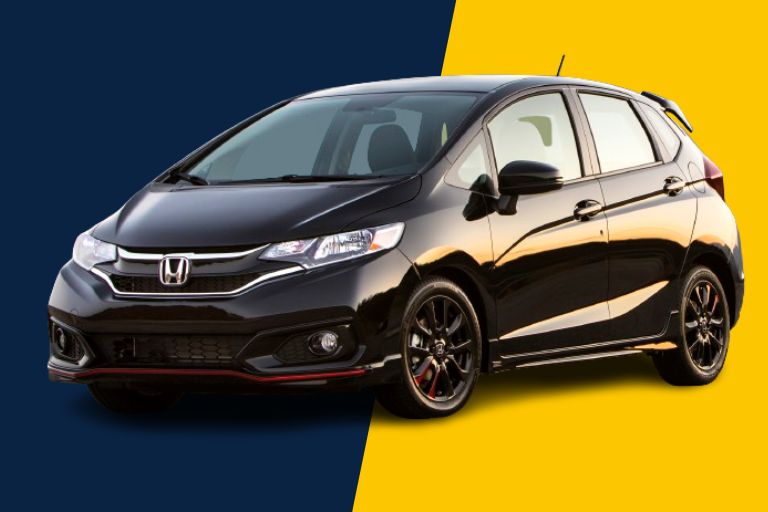
The introduction of new safety features in this year’s model further solidified its position as one of the top choices in its class.when discussing the worst years for the Honda Fit 3rd Generation, some consumers have raised concerns about the 2015 model.
Reports of transmission issues and subpar build quality plagued this particular year, leading to lower satisfaction rates among owners. While subsequent years saw improvements and addressed these issues, it’s essential for potential buyers to be wary of certain drawbacks associated with earlier models like the 2015 Honda Fit.
Overall, understanding the strengths and weaknesses of each year in the Honda Fit 3rd Generation can help buyers make informed decisions based on their preferences and priorities.
The Best Years: 2016, 2017, 2019
2016 was a standout year for the Honda Fit 3rd Generation, with its sleek design and improved fuel efficiency. Despite facing some critiques for its smaller size compared to rival models, the Fit managed to shine through as a reliable option for city driving.
This year also saw significant technological advancements in the vehicle’s infotainment system, making it a popular choice among tech-savvy consumers.In 2017, the Honda Fit continued to impress with its innovative safety features such as lane departure warning and adaptive cruise control.
This year marked a turning point for the model’s reputation, solidifying its place as a practical yet stylish compact car in the market. While facing tough competition from other brands, the Honda Fit held its ground with its versatile interior space and comfortable ride quality.
Moving on to 2019, The Honda Fit experienced some challenges amidst changing consumer preferences towards SUVs over smaller vehicles.
This year also brought about notable upgrades in terms of performance and handling, making the Fit more fun to drive than ever before. Despite facing stiff competition from larger crossovers, the 2019 model stood out for its nimble handling and excellent fuel efficiency that appealed to urban dwellers looking for an efficient daily driver.
The Neutral Years: 2018, 2020
The Neutral Years of 2018 and 2020 saw the Honda Fit 3rd Generation maintaining a steady presence in the automotive market. While not as revolutionary as other years, these periods highlighted the reliability and consistent performance of this beloved vehicle.
In 2018, the Honda Fit continued to impress drivers with its efficient fuel economy and spacious interior, making it a top choice for practicality.In contrast, 2020 faced unique challenges that tested the resilience of the Honda Fit.
Despite global uncertainties, this year solidified the Fit’s reputation as a dependable companion for daily commuting and urban adventures. While not achieving significant leaps in innovation, both 2018 and 2020 played an essential role in showcasing the enduring appeal of this compact car in a competitive market landscape.
The Worst Years: 2015
The Honda Fit 3rd Generation, 2015 can be seen as a mixed bag. While this year marked the introduction of some exciting new features and updates, such as improved fuel efficiency and enhanced safety technologies, it also faced criticism for its lackluster performance compared to previous models.
Despite efforts to improve overall quality and user experience, the 2015 Honda Fit fell short in terms of driving dynamics and interior refinement.
One area where the 2015 Honda Fit did shine was in its affordability and practicality. For budget-conscious consumers looking for a reliable compact car with ample cargo space, the Fit offered excellent value for money.
Competition in the subcompact car segment was fierce during this time, with other brands offering more dynamic driving experiences and better overall build quality. while 2015 may not have been the best year for the Honda Fit in terms of innovation or market positioning, it still managed to appeal to a certain niche of customers seeking reliability and practicality above all else.
Best and Worst Honda Fit Years of Average Resale Values
The Honda Fit has been a popular choice for buyers looking for a reliable and versatile subcompact car. The resale values, the 3rd generation of the Honda Fit (2015-2020) has shown some interesting trends.
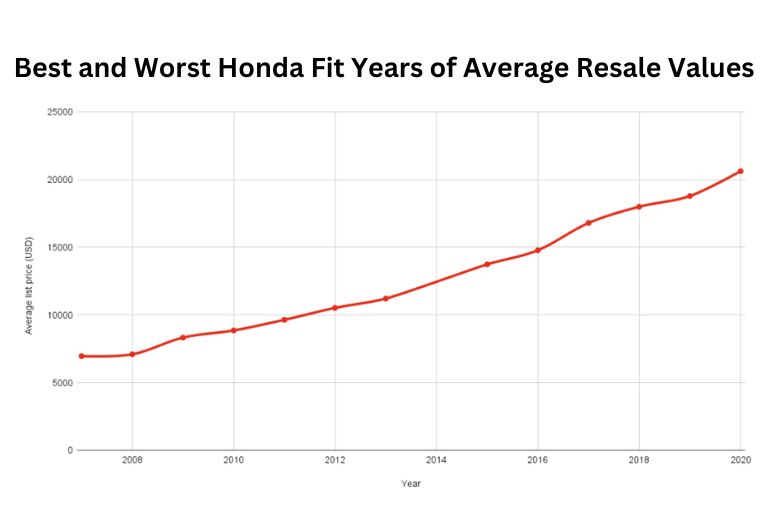
The best years for resale value within this generation tend to be towards the latter part, with models from 2018 and 2019 holding their value well due to their updated features and overall appeal.Some of the earlier years in the 3rd generation, such as 2015 and 2016, may not hold their resale value as strongly compared to later models.
This could be attributed to factors like advancements in technology and design that make newer models more attractive to potential buyers. As prospective sellers consider selling their Honda Fit from this generation, understanding these nuances can help them make informed decisions on timing and pricing to maximize their return on investment.
Conclusion
The best and worst Honda Fit years has undergone several changes and updates throughout its production years, resulting in both standout models and those with more flaws. The best years for the Honda Fit tend to be those that strike a balance between reliability, fuel efficiency, and innovative features such as the 2015 and 2018 models.
Some of the worst years include those plagued by transmission issues or lackluster performance like the 2007 and 2014 models. When considering purchasing a Honda Fit, it is crucial for buyers to thoroughly research each model year’s strengths and weaknesses to make an informed decision.
FAQ
Q: What are the best years for the Honda Fit?
A: The 2015 and 2018 Honda Fit models are highly regarded for their reliability and features.
Q: Which Honda Fit year has the best fuel efficiency?
A: The 2020 Honda Fit boasts impressive fuel efficiency, making it a top choice for eco-conscious drivers.
Q: Which Honda Fit year offers the most advanced technology features?
A: The 2021 Honda Fit comes equipped with cutting-edge tech features like Apple CarPlay and Android Auto compatibility.
Q: Are there any common complaints associated with specific Honda Fit years?
A: Some drivers have mentioned issues with road noise in the 2013 and 2014 Honda Fit models.
Q: Which is considered the worst year for the Honda Fit?
A: The 2007 model year is often cited as one of the least favored due to reported mechanical issues and lackluster performance compared to later versions.

